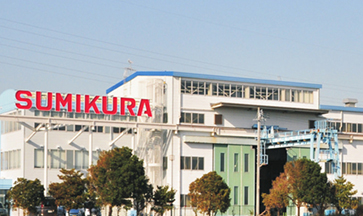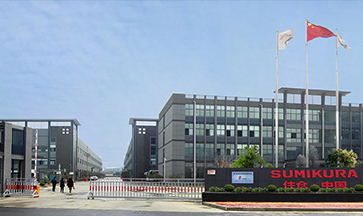As demand for high-strength steel, lightweight aluminum, and advanced alloys continues to grow across the automotive, aerospace, and construction industries, oscillating shear lines are becoming a preferred solution for coil and sheet cutting. Their ability to perform angled, trapezoidal, and curved cuts with precision and reduced scrap has made them a cornerstone of modern coil processing plants. However, like any high-performance machinery, tool wear is an unavoidable factor that can directly impact product quality, uptime, and overall cost efficiency.
Industry experts are now turning attention to proactive maintenance strategies and tool-life extension techniques to maximize the value of oscillating shear lines.
Oscillating shear tools operate under continuous stress, and several factors accelerate wear:
High-strength materials: Advanced automotive-grade steels exert greater cutting forces, reducing blade longevity.
Improper alignment: Even slight misalignment between upper and lower blades can cause uneven wear and burr formation.
Inadequate lubrication: Lack of proper lubrication increases friction, heat, and premature edge dulling.
Overloading and vibration: Exceeding the rated thickness or running at high oscillation speeds leads to micro-cracks and edge chipping.
Choose tool steels or carbide-tipped blades specifically engineered for oscillating shear operations. For high-strength steel, premium alloys with heat and wear resistance provide longer service intervals.
Routine calibration ensures blades remain parallel and oscillation angles are correctly set. Even minor deviations can shorten tool life by up to 30%. Implement laser or digital alignment systems for higher accuracy.
Applying the right lubricants minimizes heat buildup and reduces edge fatigue. For heavy-duty operations, consider mist cooling or integrated coolant systems to maintain cutting efficiency.
Don’t wait until the blade fails—monitor cutting quality indicators such as burr height and edge roughness. Proactive regrinding schedules restore sharpness and prevent catastrophic tool breakage.
Modern oscillating shear lines can integrate sensors that detect abnormal vibration patterns or excessive load. Predictive maintenance systems alert operators before damage escalates, extending both tool and machine life.
Increase tool life by 25–40%
Reduce unplanned downtime by up to 30%
Lower total cost of ownership by minimizing emergency replacements and defective output
Given the high cost of downtime in continuous production environments, these improvements represent a significant competitive advantage.
With Industry 4.0 adoption accelerating, oscillating shear lines are expected to incorporate AI-driven predictive analytics, IoT sensors, and cloud-based monitoring. These innovations will help operators anticipate wear patterns, automatically schedule regrinding, and even order replacement parts before failure occurs.
For manufacturers, the message is clear: maintenance is not just a cost center—it’s a performance driver. By focusing on tool wear management and life extension, companies can protect their investment in oscillating shear lines while delivering consistent quality and efficiency.

Your cutting line specialists!
 Factory in Japan
Factory in Japan
ADDRESS
487-3, Sanshincho, Chuoku, Hamamatsu, Shizuoka, Japan
 Japan local market : +81 53-425-5331
Japan local market : +81 53-425-5331
 Factory in China
Factory in China
ADDRESS
265 Yixian Road, Deqing, Zhejiang, China
 Overseas market : +86 572-883-2016
Overseas market : +86 572-883-2016